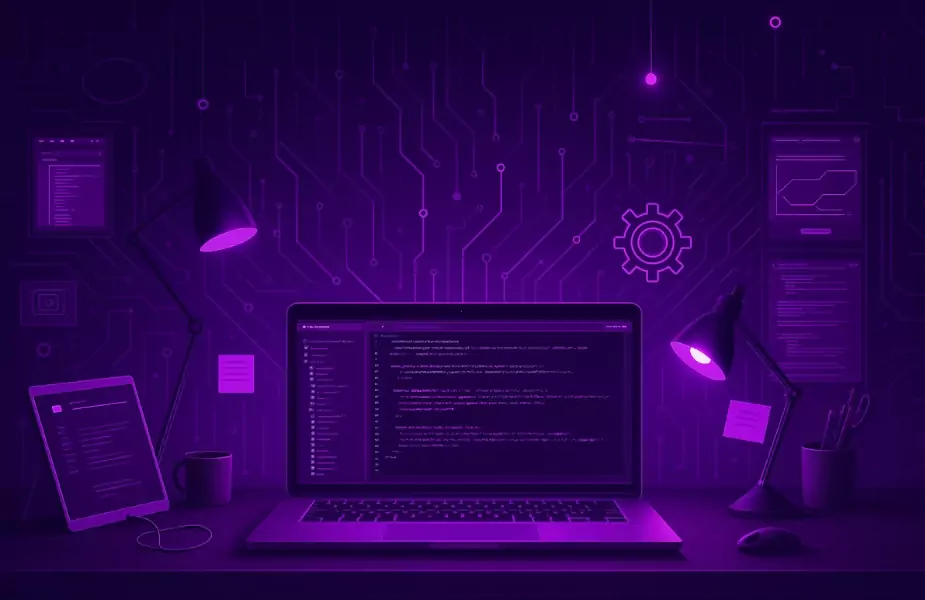Any organization trying to strengthen its cyber defenses requires an understanding of the differences between Penetration Testing and Red Teaming in the digital sphere, where security is just as important as innovation. We at Protecxo are your strategic allies, providing a customized method for identifying and enhancing your online weaknesses.
Penetration Testing VS Red Teaming: A Tactical Analysis
- Targeted Precision vs. Strategic Depth
Penetration Testing zeroes in on specific systems or applications to identify vulnerabilities that could be exploited. It’s a focused approach, akin to a sniper—precise, direct, and designed to reveal technical flaws that could compromise your cyber integrity. On the other hand, Red Teaming offers a broader, more strategic assessment. It’s the equivalent of a full-scale military exercise, evaluating your entire security posture’s resilience against sophisticated and multifaceted cyber threats. - Sprint vs. Marathon
When it comes to duration, Penetration Testing is the sprinter—it’s swift and sharp, typically spanning days to weeks. Red Teaming is the marathoner, taking a longer-term approach that may extend over weeks to months, allowing for a thorough evaluation of how well an organization’s security practices stand up to ongoing and evolving threats. - Objective: Vulnerabilities vs. Resilience
The objective of Penetration Testing is laser-focused on pinpointing technical vulnerabilities within your cyber walls. It’s a surgical procedure aimed at dissecting and repairing specific weaknesses. In contrast, Red Teaming’s mission is holistic, aiming to assess and enhance overall security resilience, providing a comprehensive health check of your cybersecurity measures. - Methodology: Assessment vs. Simulation
Penetration Testing employs technical vulnerability assessments to diagnose the digital infrastructure’s weak spots. In Red Teaming, the simulation of real-world attacks puts your detection and response capabilities to the test, mirroring an enemy’s actions to see how your systems would genuinely fare in a cyber skirmish. - Outcome and Frequency: Listing vs. Analyzing
The outcome of Penetration Testing is a list of vulnerabilities, accompanied by recommendations for fortifying your cyber barriers. It’s typically conducted annually or following major system updates. Red Teaming, however, yields an in-depth security effectiveness analysis, offering comprehensive insights into your cyber fortitude. This robust examination is recommended every two years or after significant security overhauls.
Protecxo – Your Cybersecurity Vanguard
At Protecxo, we understand that cybersecurity isn’t a one-size-fits-all solution. Whether you need the sharp accuracy of Penetration Testing or the extensive scrutiny of Red Teaming exercises, we’re equipped to deliver. We bring precision to your cybersecurity efforts, ensuring each line of defense is as impenetrable as it can be.
Take your cybersecurity to the next level with Protecxo’s Red Team exercises and Penetration Testing services. Don’t wait for a breach to reveal your system’s weaknesses—proactively defend and strengthen your network with our expert team. Contact us today, and let’s ensure your digital presence is both secure and resilient against the tides of cyber threats.




